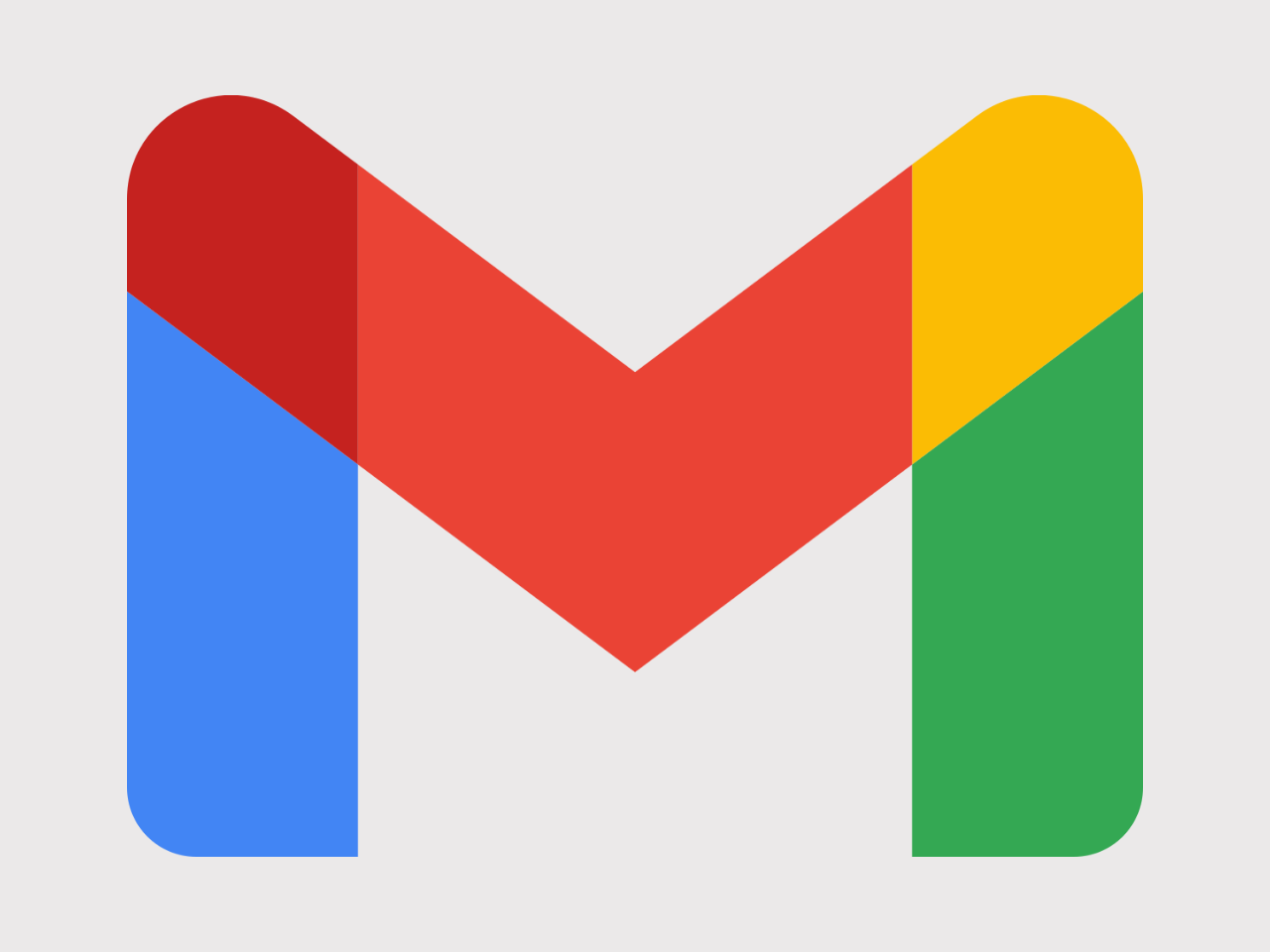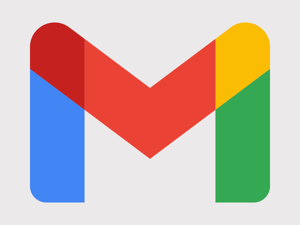
While 2020 proved to be a banner year for engagement, as outlined in our “2020 Email Year in Review Report,” it was not without challenges.
Building on the research conducted for 2020’s Year in Review Report, in 2021, we’re shining a light on email with a new monthly white paper dedicated to the channel. DMD’s Lab Report: The Art & Science of Healthcare Email explores insights, trends, and obstacles affecting healthcare email. From strategy to creative, deployment to reporting, we aim to address the most pressing issues healthcare marketers face.
To kick off this educational series, we’re taking a look at inbox deliverability, specifically the calculated interference Gmail runs between healthcare marketers and their intended HCPs.
Gmail Calls the Shots
Gmail is one of the most widely used email providers. It’s estimated Gmail had 1.8 billion unique users in 2020, HCPs among them. All inbox providers are secretive about their filters, and Gmail is foremost among them. Unfortunately, the algorithms are so elusive they can dismantle an entire email campaign; even future campaigns. Consider this:
- 55% of all email sent to Gmail is considered spam; potentially more than 35 billion emails
- Gmail blocks 10 million emails per minute
- Gmail sees about 100 million phishing emails per day
Recurring data shows that many HCPs prefer to receive healthcare-related communications in their personal email inboxes, rather than their professional ones. Healthcare marketers may feel at a loss, however, when attempting to deliver email to HCP Gmail addresses, especially with Gmail changing their filtering algorithms as often as weekly. Should you just “give up” on deploying to HCPs with Gmail addresses?
Understanding Gmail’s Approach to Filtering
The first step in mitigating Gmail’s increasingly complicated filters is to understand the way Gmail scores engagement. They are focused only on the individual user—rather than the overall engagement of a particular message across all users. Gmail also ignores past engagement activity when determining inbox placement.
To complicate things further, Gmail tailors its approach to filtering based on message streams. Even if emails are part of a larger campaign, the response behavior to each individual email in the deployment dictates whether or not subsequent emails will make it to an HCP’s inbox.
Learn more about Gmail’s message stream filtering.
Every component of an email campaign—from content strategy all the way through the sending strategy--influences deliverability outcomes. These details include:
- The “From” field
- Subdomains
- Contextualized content (e.g. different service lines, or sample emails vs. efficacy for pharma)
- Landing pages of destination links
It’s also imperative to monitor user response—and know when to either revamp messaging in an attempt to re-engage or stop deploying to that Gmail address altogether.
Cracking the Code
It's a never-ending challenge to pivot every time Gmail's algorithm shifts. But solutions do exist. Working with a partner such as DMD increases the odds of Gmail inbox deliverability.
It's a never-ending challenge to pivot every time Gmail's algorithm shifts.
Our email scientists have the tools and technology to essentially “reverse engineer” what’s happening with Gmail filtering and maximize inbox placement.
Curious about DMD’s unique approach to Gmail’s secrecy? Download the report today.
There are also some actions brands and organizations can implement on their own to aid the cause, such as:
- Establishing a consistent email cadence (sending on the same days).
- Incorporating STO (send time optimization) into the sending strategy.
- Building landing/destination pages well in advance so Gmail does not read CTA pages as “new.”
Gmail’s track record speaks for itself. Filtering practices will continue to evolve and become even more granular. To get more information about Gmail’s filtering parameters, and how to develop email strategies that have the best chance of engaging HCPs despite those parameters, download the Lab Report today.
P.S. Next month’s Lab Report topic will be the value of read rate when analyzing HCP emails.


